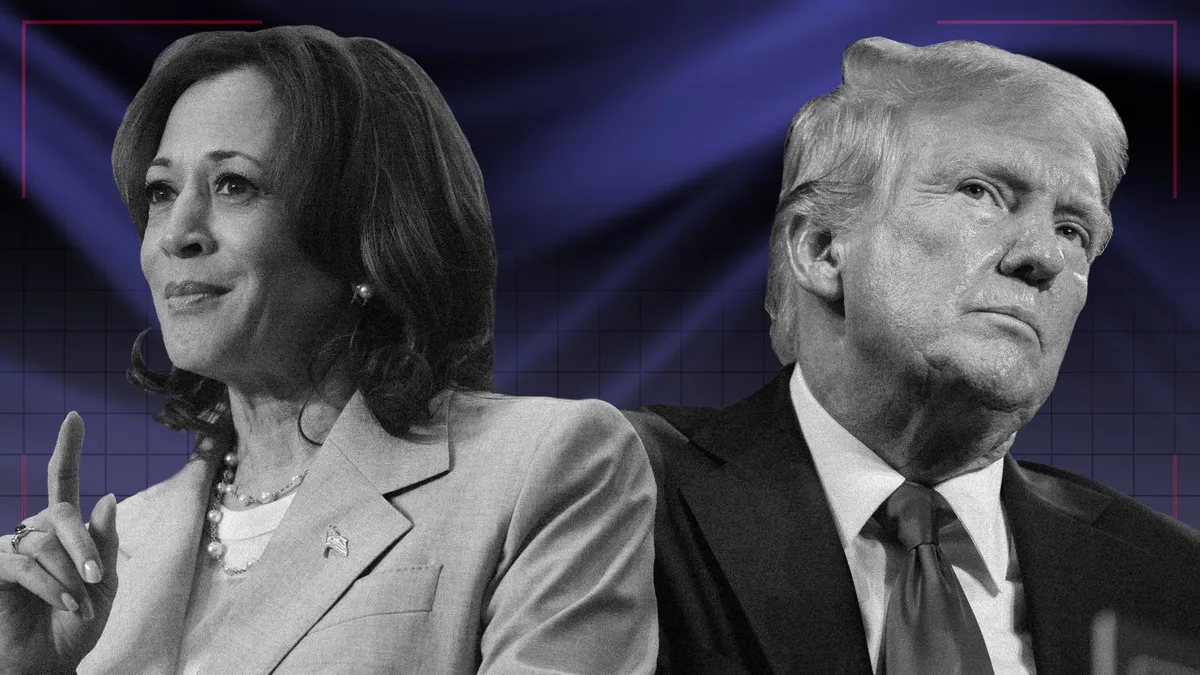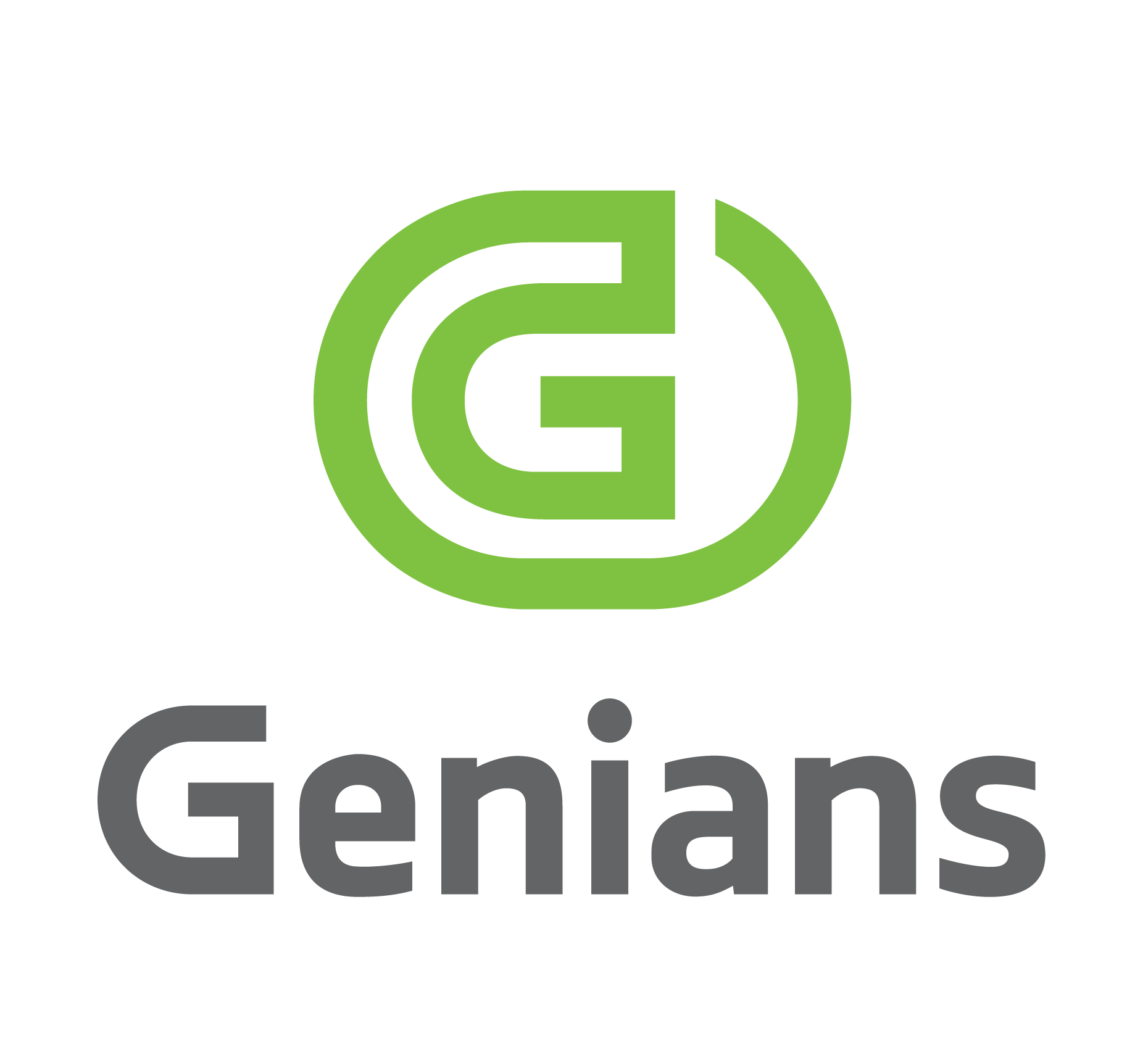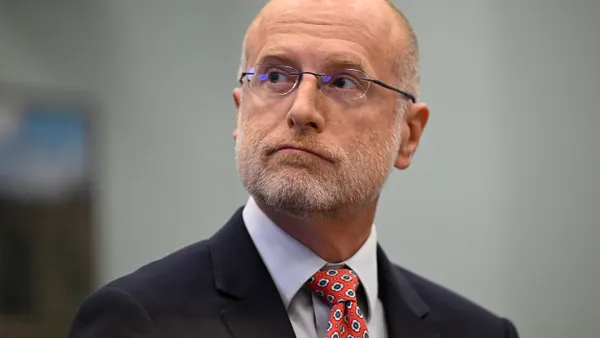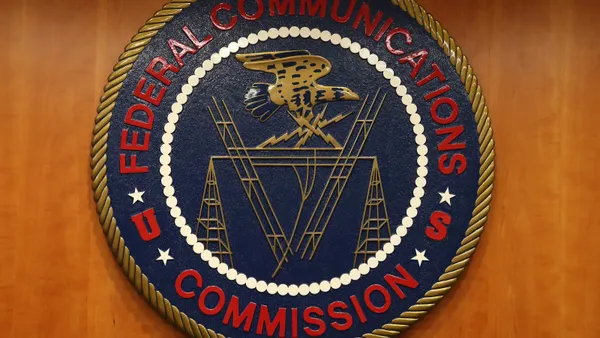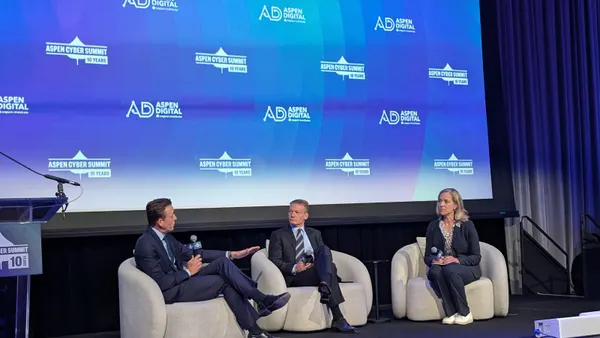Dive Brief:
- Enterprise software spending will sustain double-digit growth through 2029, according to Forrester projections. Vendor revenues grew 11% on average during the first quarter of the year, the analyst firm said in a July report.
- Infrastructure software spend will lead the charge, increasing 13.3% over the next four years, as enterprises stock up on cloud services, security tools and AI capabilities. The market for application software, a category that includes IT operations management, enterprise resource planning, and supply chain tools, will see slower growth of 9.5%, the firm said.
- Database management services will help shore up software market growth, as enterprises lay the groundwork for generative AI and agentic automation tools. The firm previously estimated off-the-shelf AI governance software spend to more than quadruple from 2024 to 2030, nearing $16 billion and capturing 7% of the software market.
Dive Insight:
When vendor revenues increase, it signals a corresponding uptick in enterprise spend and budget scrutiny, as executives look for tangible returns on technology investments. The onset of President Donald Trump’s shifting tariffs regime earlier this year upped the ante for vendors and their customers, injecting economic uncertainty into the cost-benefit equation.
A challenging macroeconomic environment will push software providers to optimize headcount and assist customers in tying spending to outcomes, particularly in cloud and generative AI, Forrester said. On the enterprise side, focus has already shifted to cost optimization, through usage audits, tool consolidation and increased adoption of open-source alternatives to high-priced vendor offerings, according to the firm.
Economic uncertainty has other downstream impacts on enterprise consumption patterns. To hedge against economic slowdown in the U.S., customers are gradually shifting from homegrown tools to cloud-based off-the-shelf services, reducing their reliance on third-party providers for customizations and favoring SaaS subscription billing over perpetual licenses to bring down CapEx, Forrester said.
Vendor contract renewals represent an opportunity to further optimize software spend without compromising enterprise capabilities, according to a Tropic report published last month.
The asset management software provider analyzed over $14 billion in purchases during the first half of the year and found spending increased 15% year over year. However, procurements slowed by 9% between the first and second quarter, corresponding with the Trump administration’s April trade policy moves.
There are a variety of factors contributing to the sequential downturn, according to Tropic President and CFO Russell Lester.
“This is a mix of new spending hesitation and renewal complacency,” Lester said in an email. “The shine is wearing off many software investments made in recent years, and the rapid pace of innovation is crowding the competitive landscape, as tools start to overlap in features and functionality.”
The prevalence of per-user or per-seat license models, which take a hit when companies shrink their headcount, is another contributing factor, according to Lester.
Companies that are slow to begin the renewal process are leaving money on the table, the analysis found. Customers that begin negotiations six months before renewal can save up to 39% more than those who don’t and a 60-day head start can yield up to 22% in savings, depending on the vendor.
Some buyers make the mistake of bypassing the price negotiation phase altogether to focus on technical requirements, integration needs and deployment processes, according to Lester. That strategy plays right into the hands of the vendor.
“Every company is feeling margin pressure, including the large software players,” Lester said. “One relatively automated way to improve margins is through annual price increases, often accompanied by the removal of automated discounts at the point of sale.”








